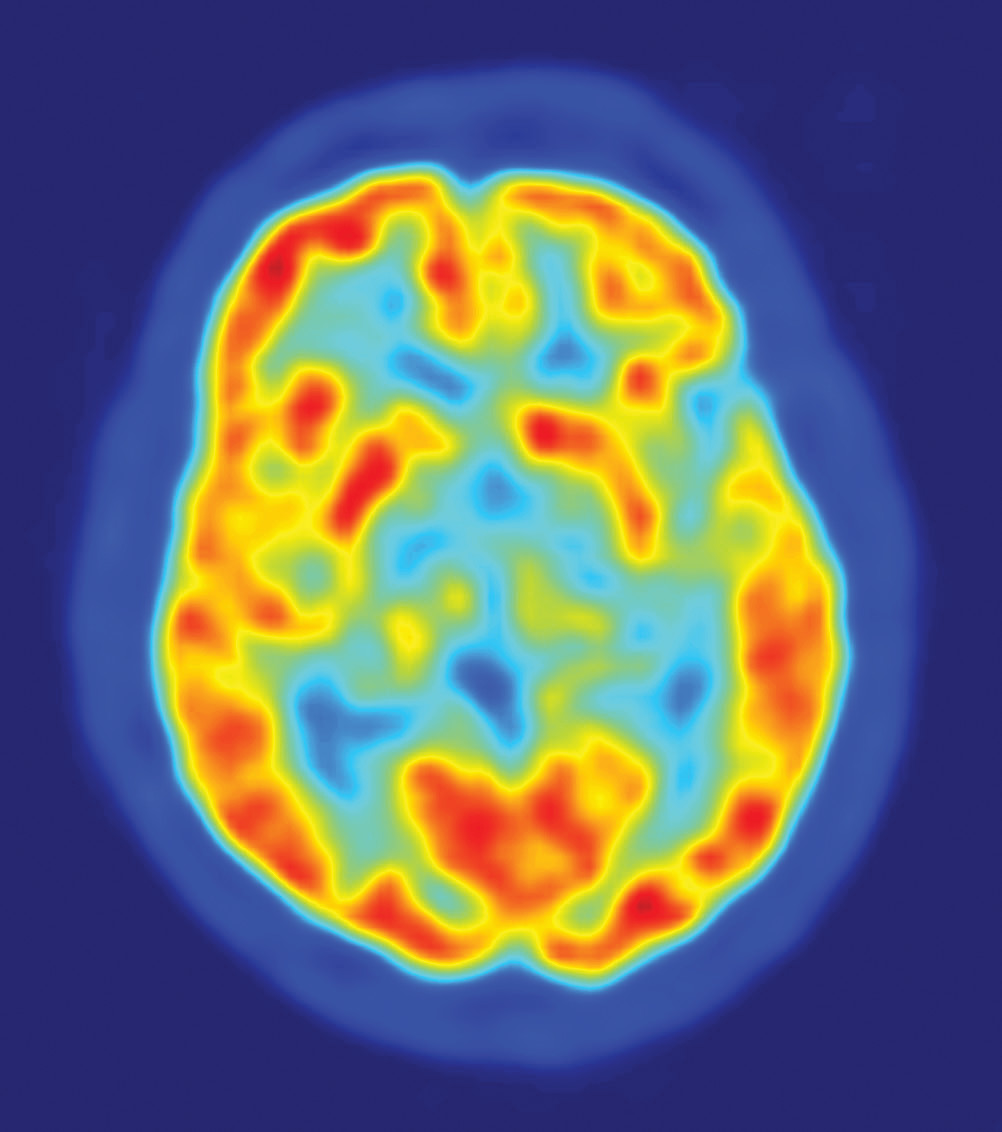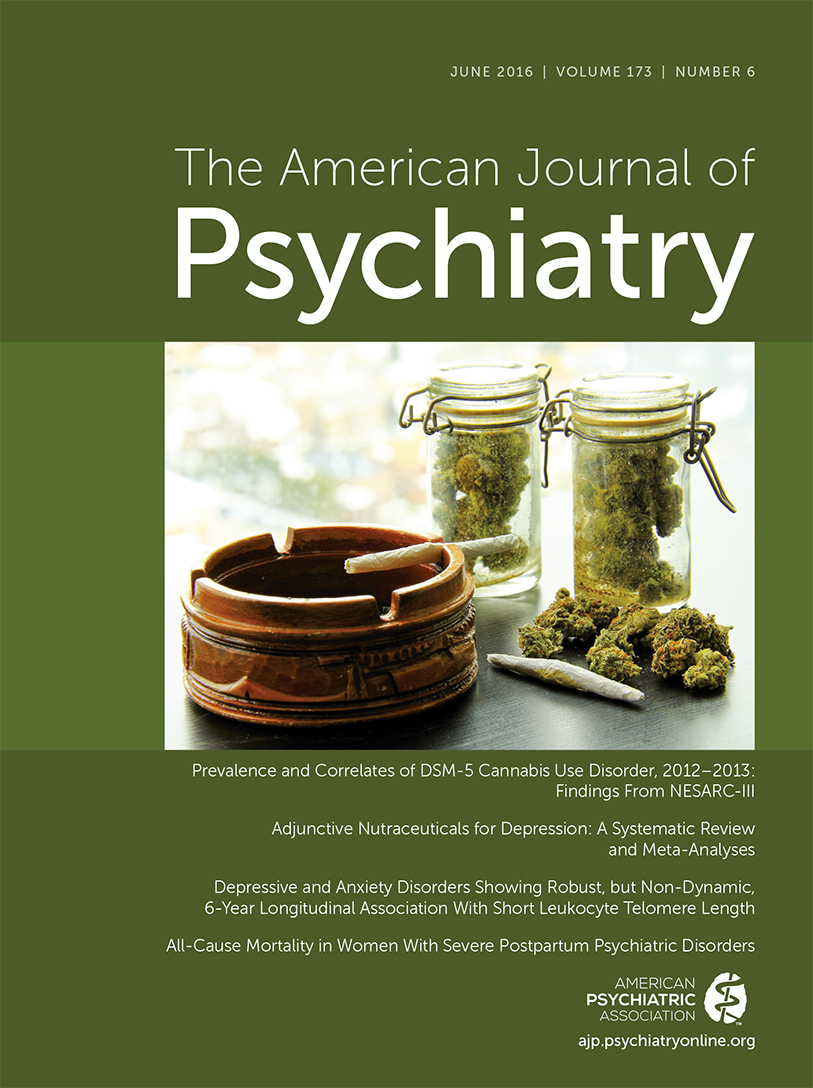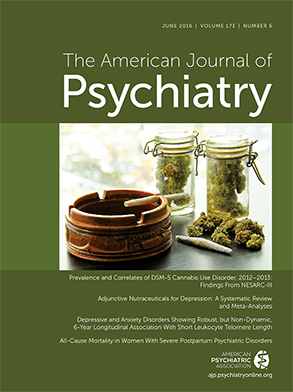Dr. Louis Sokoloff died on July 30, 2015, at the age of 93.
He was raised in South Philadelphia, the second of two sons of Jewish immigrants who had fled Ukraine. His family's inability to provide him with a prestigious education did not prevent him from graduating first in his high school class and receiving a 4-year scholarship to the University of Pennsylvania.
Sokoloff graduated from Penn’s accelerated 3-year medical program second in his class in 1946. During his internship at Philadelphia General Hospital he met Betty Kaiser, a former Navy nurse. They married and had two children, Kenneth, an economic historian who died in 2007, and Ann, and they shared 57 years until Betty's death in 2003.
Sokoloff returned to Philadelphia in 1949 after army discharge and accepted a research assistant position with Seymour Kety. He had had brief psychiatric training in the army and had been dramatically successful in treating a patient. He explained years later that he had no idea why the patient got better, and he spent the rest of his career trying to find out.
In 1953 he followed Kety to the newly established National Institute of Mental Health (NIMH). There they worked on techniques to measure regional blood flow rates in the brain, and eventually they developed a groundbreaking method that became the foundation of functional brain imaging.
As head of the Section for Cerebral Metabolism in Kety’s Laboratory of Clinical Science at NIMH, Sokoloff initially focused on the metabolic effects of thyroid hormone on brain metabolism, but his work then shifted to his revolutionary methods for using deoxyglucose, which still apply to nuclear medical and magnetic resonance imaging.
One of us (R.M.) was Sokoloff’s research assistant during 1962–1964. It was an exciting time in the field, and perhaps particularly at NIMH, where a revolution in psychiatric research was underway. Sokoloff’s and Kety’s commitment was not so much to psychiatry, or behavior, or even the brain, as to good science. They created a new discipline, and their students generated new academic departments around the country. The mother church at the NIMH in Bethesda was quite special. Julius Axelrod, future Nobel Laureate, led a section parallel to Sokoloff’s. Marshall Nierenberg, future Nobel Laureate, was cracking the genetic code on the next floor. It was a close, happy, extraordinarily productive group. This was the heyday of the NIMH before the academic psychiatric community had fully developed. While Kety was traveling around the world receiving well-deserved honors, Sokoloff stayed at home managing the laboratory and caring for his professional and personal families.
In 1981 Sokoloff received the Albert Lasker Clinical Medical Research Award and, together with Kety, became the first recipient of the National Academy of Sciences Award in Neurosciences in 1988.
He was a visionary and pioneer in forging a scientifically guided path for the field of psychiatry and in developing the crucial methodology for studying the brain and how it relates to human behavior for neuroscience. He was one of the pivotal figures in the evolution of our field in the second half of the 20th century.


